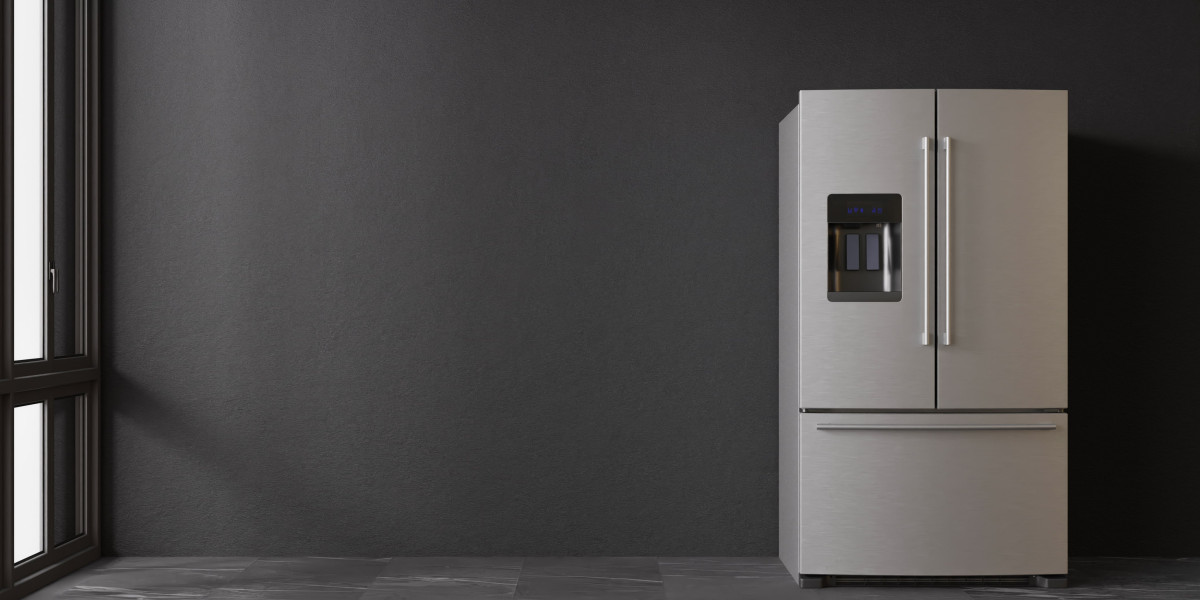Hijama, also known as Islamic cupping therapy, has gained considerable attention in recent years. Despite its popularity, many people still hold several misconceptions about hijama in Islam. Some view it as outdated, while others misunderstand its purpose and practice. However, hijama is deeply rooted in Islamic tradition and holds a significant place in prophetic medicine.
Let’s explore and debunk some common myths about hijama while shedding light on its true essence.
Misconception #1: Hijama is Only for the Sick
One of the most widespread myths is that hijama is only for those suffering from illnesses. Many assume that unless you are seriously unwell, you have no need for cupping therapy. However, this is far from the truth.
In reality, hijama in Islam is recommended not only as a treatment but also as a preventative measure. The Prophet Muhammad (peace be upon him) himself underwent hijama even when he was healthy. The therapy helps cleanse the body of harmful toxins, improve blood circulation, and strengthen the immune system. Thus, hijama can be a part of a healthy lifestyle, benefiting both the sick and the healthy alike.
Misconception #2: Hijama is Painful and Unsafe
Another misconception is that hijama is a painful or risky procedure. The thought of having suction cups and small incisions on the skin makes some people uneasy. However, when performed by a trained and qualified therapist, hijama is safe and generally painless.
The process involves creating mild suction on specific points of the body, followed by small superficial incisions. Most people describe the sensation as a slight discomfort rather than pain. Moreover, certified practitioners follow strict hygiene standards, using sterilized equipment to minimize any health risks.
Therefore, it is important to always choose a professional who is experienced in Islamic cupping therapy to ensure both safety and effectiveness.
Misconception #3: Hijama Has No Scientific Backing
Some skeptics argue that hijama has no basis in modern science and should only be seen as a cultural or religious practice. While it’s true that hijama is part of the Sunnah, recent studies have also highlighted its therapeutic value.
Research has shown that hijama can improve blood circulation, reduce inflammation, and even assist with chronic pain management. Additionally, it may stimulate the immune system, promote relaxation, and help detoxify the body. These findings align with the historical benefits of hijama mentioned in Islamic texts and traditional medicine.
Thus, hijama is both a spiritually significant practice and a therapy supported by modern evidence.
Misconception #4: Hijama is Only for Muslims
Since hijama in Islam is closely linked to prophetic traditions, some mistakenly believe it is only for Muslims. However, hijama’s health benefits are universal, and people of all faiths can benefit from this ancient practice.
In fact, cupping therapy predates Islam and has been used by various cultures throughout history, including the Greeks, Chinese, and Egyptians. Today, athletes and wellness enthusiasts from diverse backgrounds incorporate hijama into their wellness routines.
So, while hijama holds a special place in Islam, its healing potential is open to everyone, regardless of religious belief.
Misconception #5: Hijama Can Be Done Anytime Without Guidance
While some believe hijama can be done at any random time, Islamic teachings actually highlight specific times when hijama is most beneficial. The Prophet Muhammad (peace be upon him) advised certain days of the lunar month, referred to as hijama sunnah days, for optimal results.
Typically, the 17th, 19th, and 21st nights of the Islamic lunar calendar are recommended. These dates are believed to maximize the benefits and reduce potential side effects. Though hijama can technically be performed anytime, adhering to these sunnah days is part of following the prophetic tradition.
Therefore, timing your hijama session can enhance both its spiritual and physical impact.
Misconception #6: Hijama is a Substitute for Medical Treatment
Another common myth is that hijama can completely replace modern medicine. Some people may skip conventional treatments, believing that hijama alone can cure all ailments. While hijama is a valuable complementary therapy, it should not be seen as a stand-alone solution for serious medical conditions.
Islam encourages Muslims to seek all lawful means of treatment, which includes visiting doctors and using prescribed medications. Hijama can work alongside conventional treatments to support healing and improve overall well-being.
In other words, hijama complements rather than replaces modern medical care.
Misconception #7: Hijama is Outdated and Irrelevant Today
Finally, many assume hijama is an ancient practice with no relevance in today’s fast-paced, technology-driven world. However, the increasing number of people seeking holistic and alternative therapies shows that hijama is as relevant today as it was centuries ago.
With growing awareness of natural and preventative healthcare, more people are turning to hijama for its detoxifying and balancing effects. It remains a vital component of Sunnah medicine and continues to thrive in both Muslim and non-Muslim communities worldwide.
Therefore, hijama is far from outdated—it’s a timeless remedy that blends ancient wisdom with modern wellness practices.
Conclusion: Embracing Hijama with Knowledge
Hijama is a powerful and spiritually significant practice within Islam. However, it is often misunderstood due to lingering myths and misconceptions. By addressing these misunderstandings, we can better appreciate the physical and spiritual value of hijama.
Whether you’re considering it for health maintenance, pain relief, or simply to follow prophetic teachings, understanding the realities of hijama in Islam will help you make an informed decision.
When performed correctly and under professional guidance, hijama serves as a beneficial practice with a wide array of rewards—both in this world and the hereafter.




